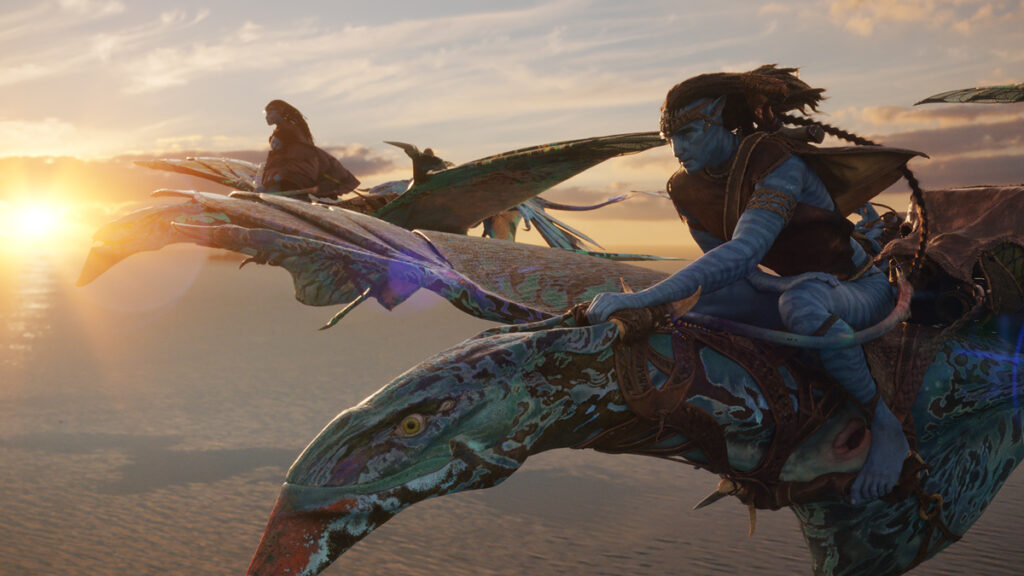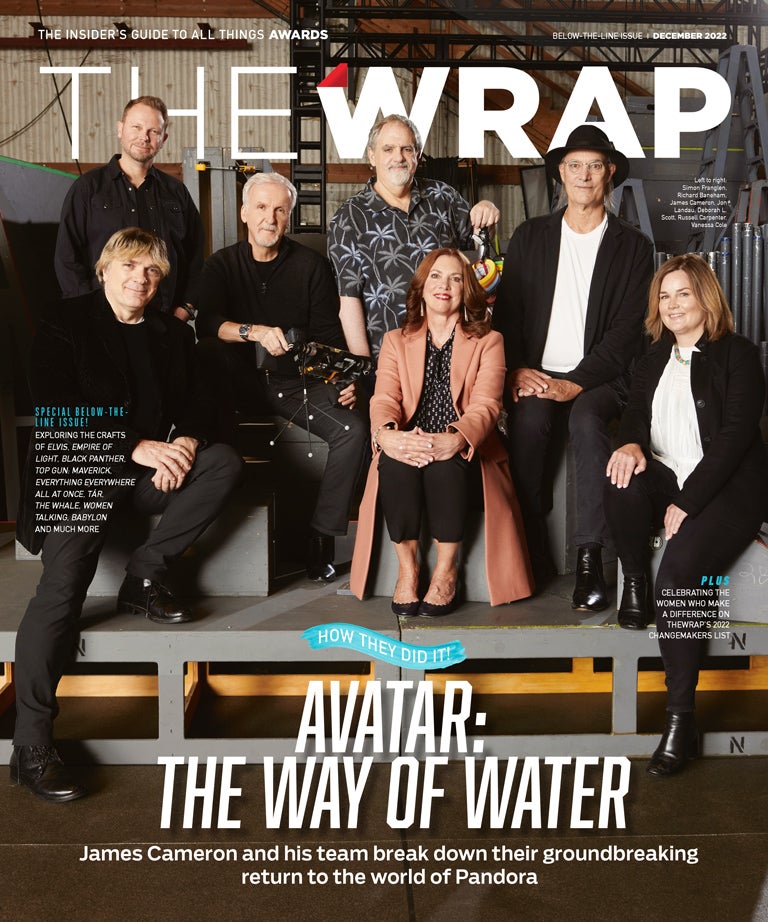This interview with “Avatar: The Way of Water” editor Stephen Rivkin first appeared as part of a special section in the Below-the-Line issue of TheWrap’s awards magazine.
Wrestling the 192-minute runtime of “The Way of Water” to the ground was a Herculean task that required a small army of editors and a process unique to the Avatar ecosystem. “As we did on the first ‘Avatar,’ the work is divided by necessity because of the complexity of the filmmaking process,” Stephen Rivkin, who was nominated for an Oscar for his work on the first film, said.
“Editors will take scenes all the way (from) reviewing dailies of the performance capture with Jim and building a performance-based edit to building what we call loads, which are files for sections of each scene that will be processed in our internal labs and readied for virtual photography. And then the photography phase, where we work with shots that Jim creates that will make up the final edit of a scene.”
Unlike typical editors who come in after a film has been shot, Rivkin and the rest of the editors were there from the beginning. “Like the first film, this film was a mosaic of scenes in various stages of production and post-production,” he said. The “performance-based edit,” for example, does not look anything like the finished film will look. It consists largely of actors whose motion-captured performances will be turned into digital characters. The editors would work on scenes months, sometimes years after the actors have captured the scenes.
“There are no more limitations on actors hitting their marks or saying their lines,” Rivkin said. “It frees up Jim to explore whatever he wants to do.”
Once scenes are mostly finalized, they are sent to Weta FX, where animators and technicians work on the shots, sometimes for years, readying them for the final film. When the sequences eventually come back to Rivkin, it’s like looking at an entirely different project. “Seeing these original performances that we put together years ago come back to life in the fully rendered faces and eyes, it’s amazing to see the evolution from capture to final render,” Rivkin said.
When asked if there was a particularly challenging sequence, Rivkin said that “every sequence is at the highest level of difficulty.” But one aspect of “Avatar: The Way of Water” proved troublesome.
“The integration of live-action characters with virtual characters was something that added an extra layer of challenge to this project,” he said, referring to characters played by Edie Falco and Jack Champion. “All the live-action characters that were in scenes with virtual characters were captured as virtual characters first. We could design a sequence with proxies of those characters and that would be the blueprint for going back and shooting the live-action. It was a very complicated process.”

Read more of the Below the Line issue here.















